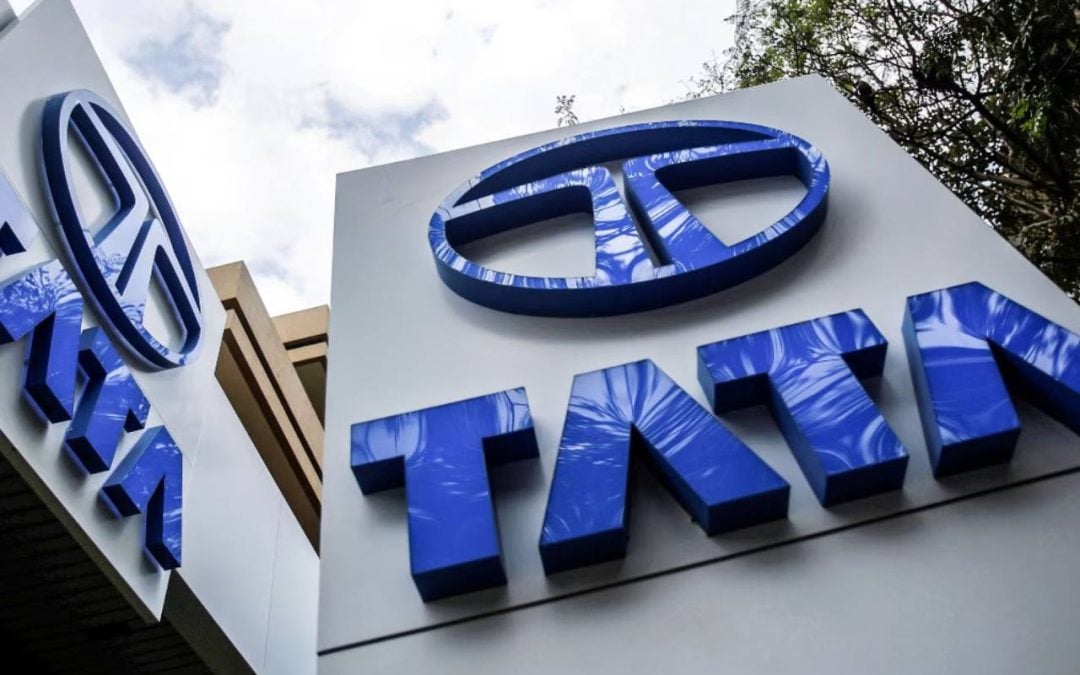The global passenger cars market was valued at approximately USD 1.8 trillion in 2024 and is expected to grow at a CAGR of around 6.8-7.8% to reach over USD 3.3 trillion by 2032-2033. Meanwhile, the utility vehicles market is estimated at USD 34.91 billion in 2025, projected to nearly double to USD 67.59 billion by 2032 with a CAGR of about 9.9%. Growth drivers include rising urbanization, increasing disposable incomes, electrification, and demand for multi-purpose vehicles in commercial and recreational sectors.
With a market capitalization of Rs 2.68 lakh crore, the shares of Tata Motors Ltd were trading at Rs 728.50 per share, increasing around 1.49 percent as compared to the previous closing price of Rs 717.80 apiece.
As of March 31, 2025, Tata Motors reported total segment revenue of Rs 439,695 crore. Key contributors were Tata Commercial Vehicles at Rs 75,055 crore, Jaguar Land Rover at Rs 314,220 crore, and Tata Passenger Vehicles at Rs 48,445 crore. JLR remained the dominant segment, accounting for nearly 71% of total segment revenue, showcasing its continued global demand strength.
Also read: Solar stock jumps 5% after South Asia Growth Fund II Holdings likely to sell 5.5% stake
Looking forward to the company’s financial performance, revenue increased by 0.3 percent from Rs 119,033 crore in Q4FY24 to Rs 119,503 crore in Q4FY25. Further, during the same time frame, net profit decreased by 51 percent from Rs 17,528 crore to Rs 8,556 crore.
Tata Motors targets a 40% market share in commercial vehicles by 2027, up from 33.5%, along with EBITDA margins in the teens. Capex is projected at 2–4% of revenue, with free cash flow between 7–9%. The company aims for high RoCE and reduced segment volatility to ensure sustainable growth.
Tata Motors’ management remains confident yet cautious amid regulatory and tariff challenges. Emphasizing disciplined capital allocation and self-funded investments, they’re driving transformation across JLR and Tata Motors through cost control, digitalization, and customer focus. A robust ICE and EV product pipeline supports growth, while proactive regulatory adaptation reinforces strategic resilience and long-term positioning.
Written by Abhishek Singh
Disclaimer

The views and investment tips expressed by investment experts/broking houses/rating agencies on tradebrains.in are their own, and not that of the website or its management. Investing in equities poses a risk of financial losses. Investors must therefore exercise due caution while investing or trading in stocks. Trade Brains Technologies Private Limited or the author are not liable for any losses caused as a result of the decision based on this article. Please consult your investment advisor before investing.





